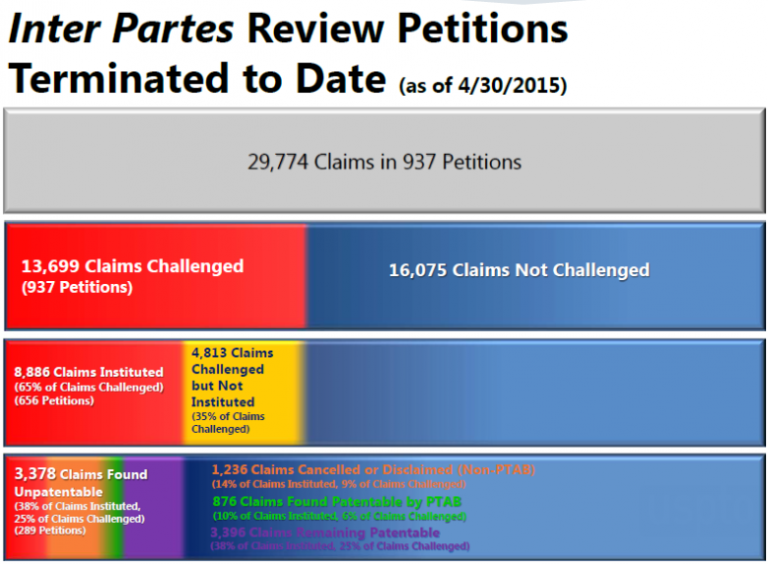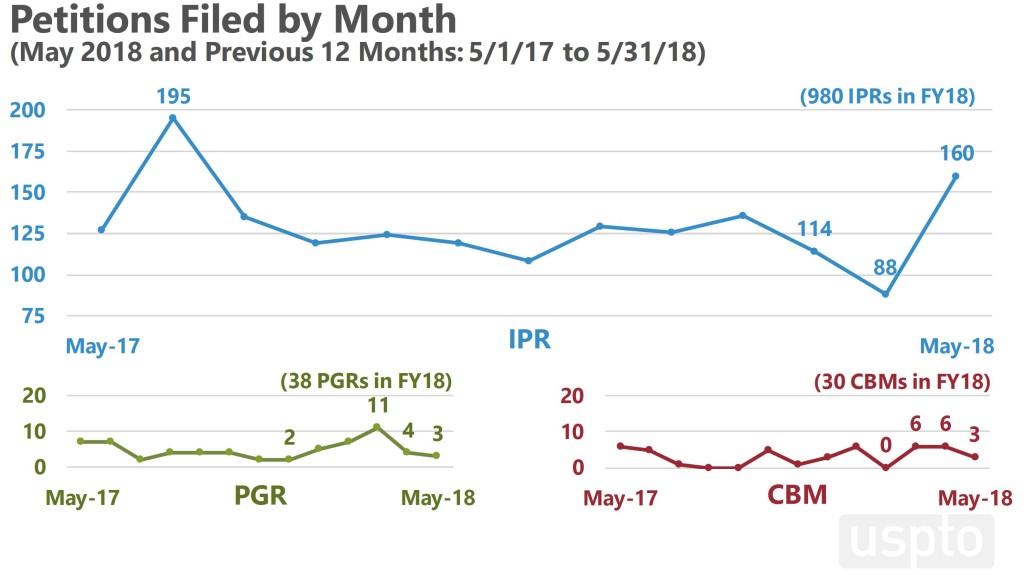

By codifying that ability, perhaps the PTAB will now authorize replies more frequently, especially when patent owners submit new testimonial evidence. This option was already available, but the PTAB usually denied such requests.

The PTO and others rationalize siding with the petitioner at institution because the patent owner’s new testimonial evidence is uncontested.Īnother interesting aspect is that the PTO codified the petitioner’s ability to request a reply to the preliminary response. This statement is contentious because some feel that patent owners are already at a severe disadvantage before the PTAB, so giving the petitioner a benefit of the doubt fails to address the perceived disadvantage.

The usefulness of this opportunity is unclear, however, because “if a genuine issue of material fact is created by testimonial evidence, the issue will be resolved in favor of petitioner solely for institution purposes, so that petitioner will have an opportunity to cross-examine the declarant during the trial.” Final rules at 18755. The final rules did not modify the proposed rule, so patent owners will now have this ability. The most significant change proposed last October was to give the patent owner the opportunity to submit new testimonial evidence with its preliminary response. The PTAB leaves open the possibility that if the PTAB grants the motion, the petitioner may get a chance to file a paper concerning how the changed standard affects the analysis. To clarify that issue, the PTAB will allow either party to move to use the Phillips standard, if the party certifies that the patent will expire within eighteen months after filing the petition. Previously, the rules allowed using the Phillips standard for expired patents, but left open the issue for patents that might expire during a proceeding. The PTO did, however, provide some clarity as to when the PTAB should apply the Phillips claim construction standard. On the hot-button issue of claim construction, the PTO held firm in its position that the broadest reasonable interpretation is the appropriate standard to apply to proceedings in which the patent owner may amend the claims. Deputy Director Slifer also recently stated that the PTO will “continue to refine the rules governing AIA trials going forward to ensure fairness and efficiency while meeting all congressional mandates.” So expect more changes in the future.

#VIEW PTAB FILED DOCUMENTS TRIAL#
In the future, the PTO will also amend its Office Patent Trial Practice Guide to comport with these rules changes and to reflect how the PTAB handles additional discovery, live testimony, and confidential information.


 0 kommentar(er)
0 kommentar(er)
